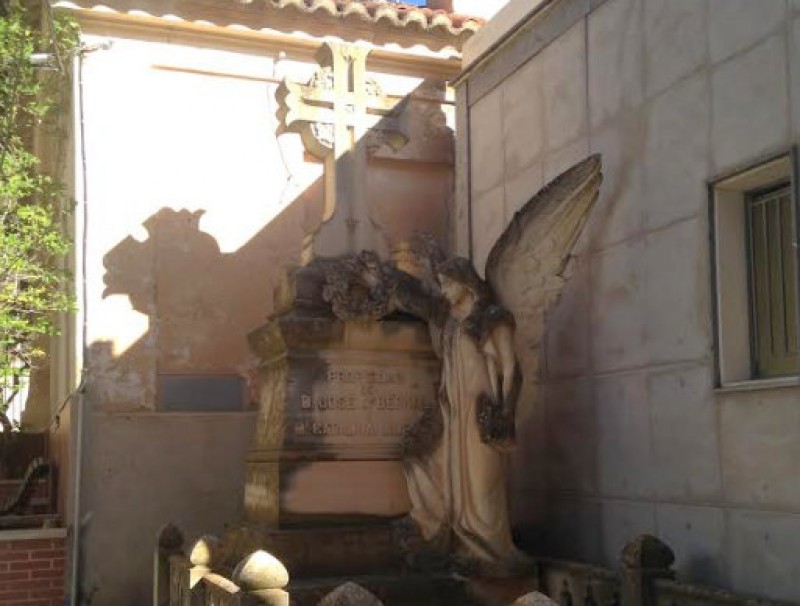- Region
- Águilas
- Alhama de Murcia
- Jumilla
- Lorca
- Los Alcázares
- Mazarrón
- San Javier
-
ALL AREAS & TOWNS
- AREAS
- SOUTH WEST
- MAR MENOR
- MURCIA CITY & CENTRAL
- NORTH & NORTH WEST
- TOWNS
- Abanilla
- Abarán
- Aguilas
- Alamillo
- Alcantarilla
- Aledo
- Alhama de Murcia
- Archena
- Balsicas
- Blanca
- Bolnuevo
- Bullas
- Cañadas del Romero
- Cabo de Palos
- Calasparra
- Camping Bolnuevo
- Campo De Ricote
- Camposol
- Canada De La Lena
- Caravaca de la Cruz
- Cartagena
- Cehegin
- Ceuti
- Cieza
- Condado de Alhama
- Corvera
- Costa Cálida
- Cuevas De Almanzora
- Cuevas de Reyllo
- El Carmoli
- El Mojon
- El Molino (Puerto Lumbreras)
- El Pareton / Cantareros
- El Raso
- El Valle Golf Resort
- Fortuna
- Fuente Alamo
- Hacienda del Alamo Golf Resort
- Hacienda Riquelme Golf Resort
- Isla Plana
- Islas Menores & Mar de Cristal
- Jumilla
- La Azohia
- La Charca
- La Manga Club
- La Manga del Mar Menor
- La Pinilla
- La Puebla
- La Torre
- La Torre Golf Resort
- La Unión
- Las Palas
- Las Ramblas
- Las Ramblas Golf
- Las Torres de Cotillas
- Leiva
- Librilla
- Lo Pagan
- Lo Santiago
- Lorca
- Lorquí
- Los Alcázares
- Los Balcones
- Los Belones
- Los Canovas
- Los Nietos
- Los Perez (Tallante)
- Los Urrutias
- Los Ventorrillos
- Mar De Cristal
- Mar Menor
- Mar Menor Golf Resort
- Mazarrón
- Mazarrón Country Club
- Molina de Segura
- Moratalla
- Mula
- Murcia City
- Murcia Property
- Pareton
- Peraleja Golf Resort
- Perin
- Pilar de la Horadada
- Pinar de Campoverde
- Pinoso
- Playa Honda
- Playa Honda / Playa Paraíso
- Pliego
- Portmán
- Pozo Estrecho
- Puerto de Mazarrón
- Puerto Lumbreras
- Puntas De Calnegre
- Region of Murcia
- Ricote
- Roda
- Roldan
- Roldan and Lo Ferro
- San Javier
- San Pedro del Pinatar
- Santiago de la Ribera
- Sierra Espuña
- Sucina
- Tallante
- Terrazas de la Torre Golf Resort
- Torre Pacheco
- Totana
- What's On Weekly Bulletin
- Yecla


- EDITIONS:
 Spanish News Today
Spanish News Today
 Alicante Today
Alicante Today
 Andalucia Today
Andalucia Today
The historic cemetery of Jumilla
The 19th century mausoleums and pantheons contain a compendium of architectural styles
The main cemetery of Jumilla is not only a last resting place for the deceased, but also, as is so often the case in Spain, a site which provides insights into the history and artistic heritage of the town as well as the values and beliefs of the 19th and 20th centuries.
The current burial ground was inaugurated in 1875, although prior to that burials had already been carried out here and there had been a small church dedicated to Santa Catalina, now long since disappeared. Almost as soon as the cemetery was opened it began to be filled with extravagant and sumptuous mausoleums and pantheons, reflecting the prosperity of the late 19th century which was  brought about by the thriving esparto grass industry and the survival of the Monastrell vines which were decimated elsewhere in Europe by the phylloxera pest: this led to a huge increase in wine production and exporting, and was the basis of the wine industry which forms the backbone of the local economy today.
brought about by the thriving esparto grass industry and the survival of the Monastrell vines which were decimated elsewhere in Europe by the phylloxera pest: this led to a huge increase in wine production and exporting, and was the basis of the wine industry which forms the backbone of the local economy today.
The cemetery itself was designed by the architect Marín Baldo, and the exteriors of the main building and the autopsy room are romantic in style. The chapel is a compendium of various medieval styles, using numerous floral motifs, and all of these original areas still remain.
Among the most remarkable 19th century pantheons are those of the Barón del Solar, an octagonal structure with a dome, and Francisco Pérez de los Cobos, which has an eclectic medieval composition. Equally noteworthy is the obelisk of the Tomás family, which boasts rich funerary iconography including a sand clock and a skull with two tibias alongside. A more modernist approach can be seen in the tomb of José María Bernal and Catalina Jiménez, which is adorned with the sculpture of an angel.
It has become the custom for guided tours of the cemetery to be held every October, prior to the festivity of All Saints' Day on 1st November.
The cemetery is located out of town, on the northern side of the hill on which the castle stands, reflecting the same concern over the spread of disease and pestilence which led to the construction of the Arco de San Roque.
Opening hours of the cemetery are as follows:
Sunday mornings 8.00 to 14.00
Monday to Saturday mornings: 8.00 to 13.00
Monday to Saturday afternoons: between 1st July and 15th September 17.30 to 20.00, between 16th September and 31st October 16.30 to 19.00, the rest of the year from 15.30 to 18.00.
For more information about visiting Jumilla, including what's on, local news and all of the bodegas on the Jumilla wine route, visit the home page of Jumilla Today.




